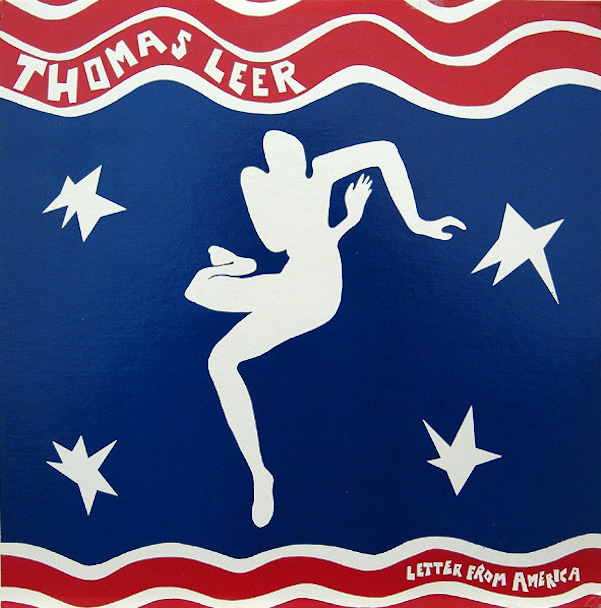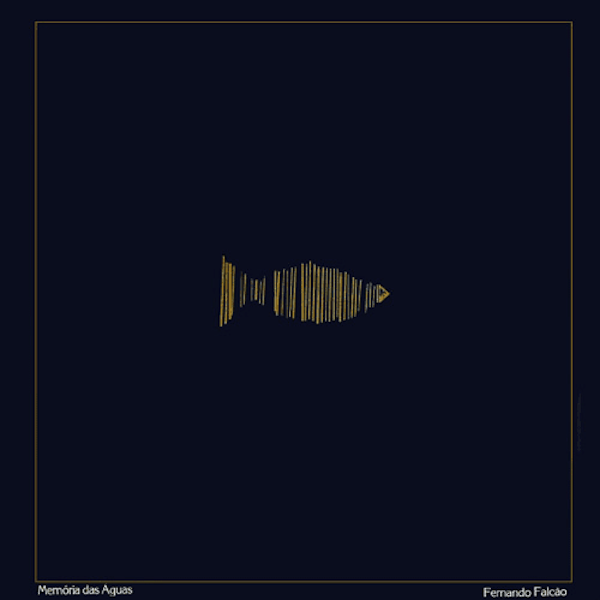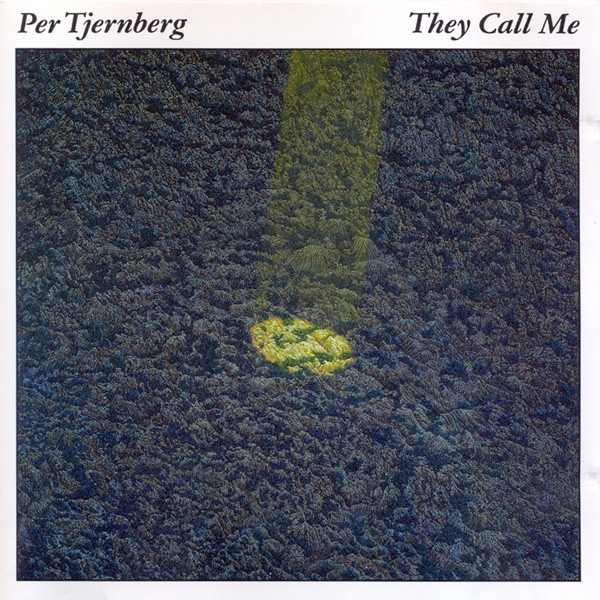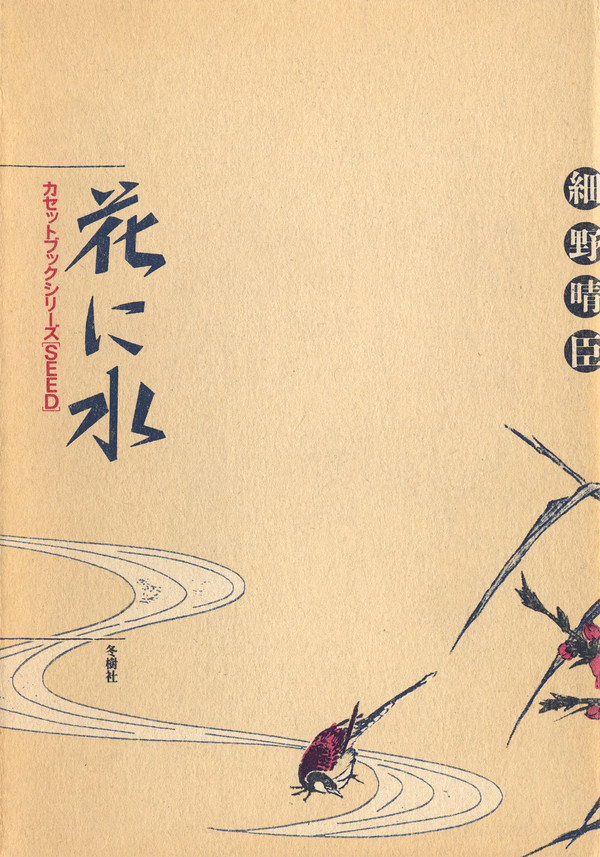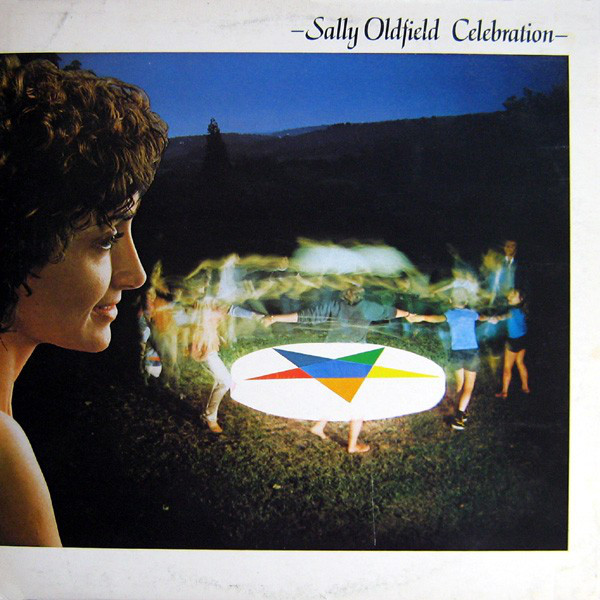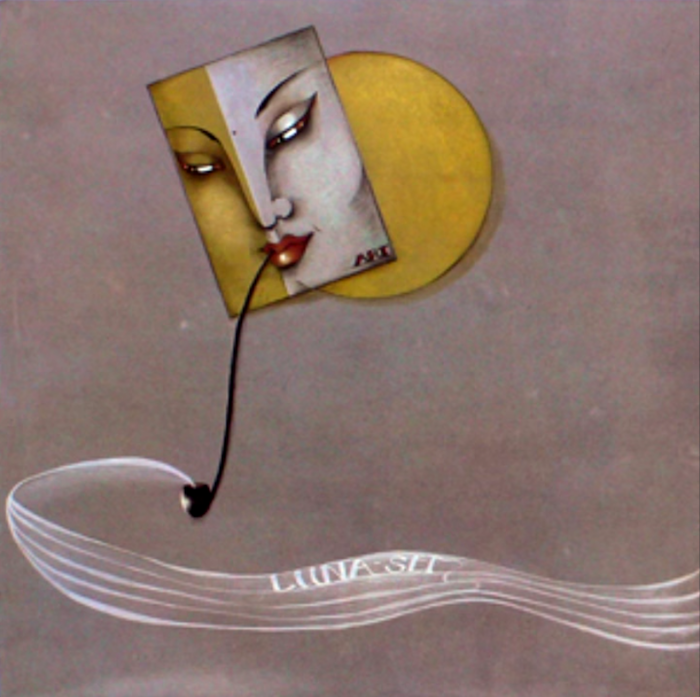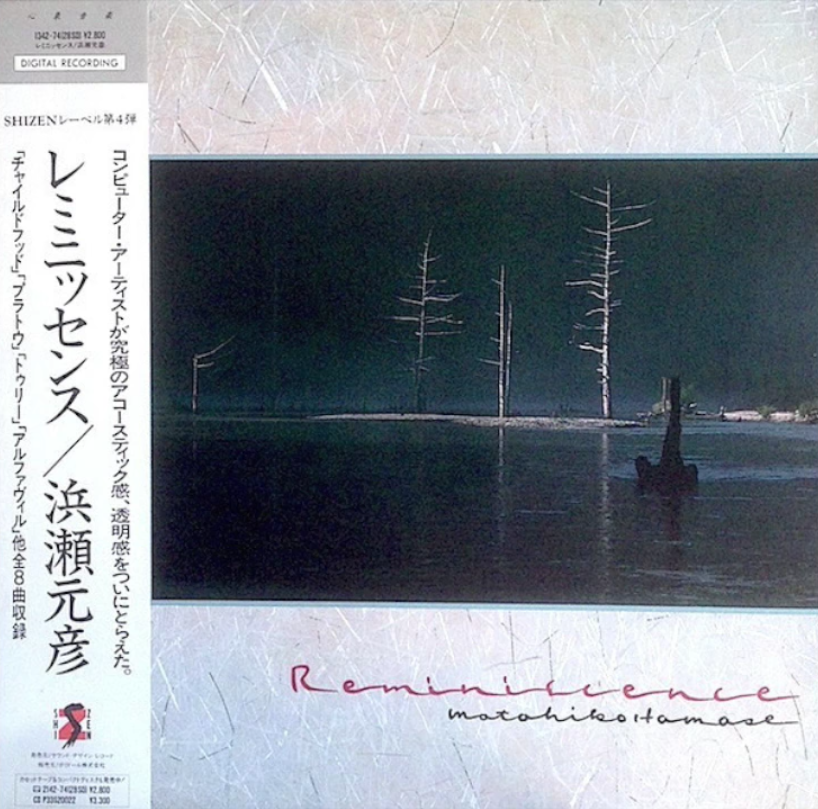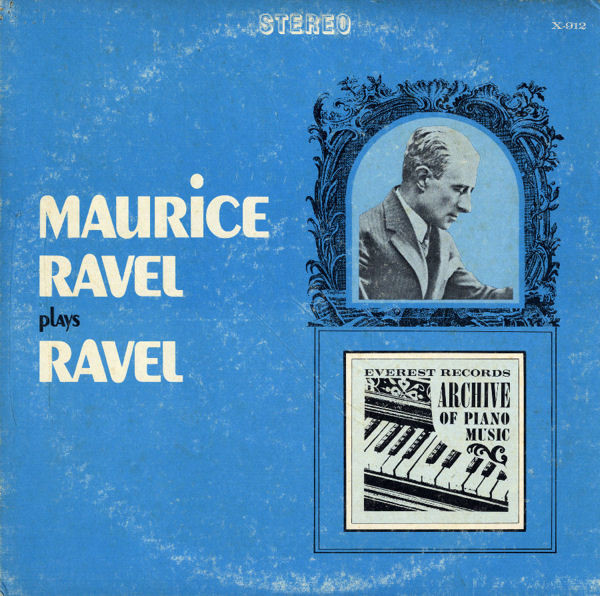
For a torrential spring. I love Ravel for his humidity and his drippiness–swerving, suffocating greens, sometimes saturated and vibrant, sometimes murky and choked with algae. It feels appropriate for this time of year in New York, with bursts of spring euphoria, violent last gasps of winter, and water.
I’m not completely sure of all of the details surrounding this collection of tracks, but as best as I can understand it, these were recorded in 1994 from a series of reproducing piano rolls made between 1913 and 1933. The rolls were mostly played by Ravel himself, with at least five of them performed in London on June 30, 1922 on a Duo-Art reproducing piano. (For context, here’s a picture of a refurbished 1929 Duo-Art Steinway with a roll in the playback mechanism.) Though this wasn’t the first time Ravel had been able to listen back to himself performing, it was one of a small handful of known instances of such “recordings,” and as I understand it, there might be some suspicion that not all of the rolls attributed to him are actually his performances. There are four tracks by other prominent pianists of the time, and just to make this even more confusing, I’m using the album art from a 1965 collection of recordings, presumably from some of the same rolls, because I can’t find the art from the 1994 collection included here.
Regardless of the details, it’s pretty special to hear this collection (which includes some of my favorite Ravel compositions) performed in a way that we can assume is more faithful to the styles in which they were originally written than many more recent recordings, and it’s even more special to imagine Ravel himself tearing through some of the more torrential moments. Happy spring!
